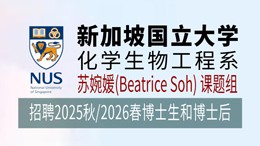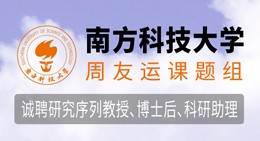International Heart Journal ( IF 1.2 ) Pub Date : 2021-01-30 , DOI: 10.1536/ihj.20-266 Satoshi Oka 1 , Takahiko Kai 1 , Katsuomi Hoshino 1 , Kazunori Watanabe 1 , Jun Nakamura 1 , Makoto Abe 1 , Akinori Watanabe 1
Tachycardia-induced cardiomyopathy (TIC) is a potentially reversible cardiomyopathy caused by tachyarrhythmia. For atrial flutter (AFL) -induced TIC, a rhythm control strategy, such as catheter ablation, has been recommended. However, the efficacy of rate control has remained unclear due to the difficulty of achieving control using arrhythmic medications.
We prospectively assessed 47 symptomatic heart failure (HF) patients with left ventricular ejection fraction (LVEF) < 50% and suspected persistent AFL-induced TIC. Patients were divided into the rhythm control strategy (n = 22; treatment with catheter ablation or electrical cardioversion) and rate control strategy (n = 25; treatment with bisoprolol) groups. The latter was further divided into the strict rate control strategy (average heart rate < 80 bpm) and lenient rate control strategy (average heart rate < 110 bpm) subgroups. The primary outcome was left ventricular (LV) function recovery, which was defined as an increase in LVEF ≥ 20% or to a value of ≥ 55% after 6 months.
In the rhythm control strategy group, more patients achieved LV function recovery after 6 months (95.2% versus 60.9%, P = 0.010). The cumulative incidence of worsening HF events was significantly higher in the rate control strategy group than in the rhythm control strategy group (hazard ratio, 4.66; 95% confidence interval, 1.01-21.57). The subgroup study revealed the advantage of the strict rate control strategy for achieving LV function recovery (83.3% versus 36.4%, P = 0.036).
The rate control strategy was significantly inferior to the rhythm control strategy for the LV function recovery in TIC patients with persistent AFL. Our findings suggest that the strict rate control strategy should be aimed if the rhythm control strategy cannot be performed.
中文翻译:

心动过速诱发的持续性心房颤动的心肌病患者的心率和心律控制
心动过速诱发的心肌病(TIC)是由快速性心律失常引起的潜在可逆性心肌病。对于房扑(AFL)引起的TIC,建议使用节律控制策略,例如导管消融。然而,由于难以使用心律不齐的药物来控制心律,因此心律控制的疗效仍不清楚。
我们前瞻性评估了47例症状性心力衰竭(HF)患者,其左室射血分数(LVEF)<50%,并怀疑为持续性AFL诱发的TIC。将患者分为节律控制策略(n = 22;导管消融或电复律治疗)和心率控制策略(n = 25;比索洛尔治疗)组。后者又分为严格的心率控制策略(平均心率<80 bpm)和宽松的心率控制策略(平均心率<110 bpm)子组。主要结果是左心室(LV)功能恢复,其定义为LVEF≥20%升高或6个月后达到≥55%。
在节律控制策略组中,更多的患者在6个月后实现了LV功能恢复(95.2%对60.9%,P = 0.010)。在心律控制策略组中,心律失常事件的累积发生率显着高于节律控制策略组(危险比4.66; 95%置信区间1.01-21.57)。该亚组研究显示了严格的心率控制策略可实现左室功能恢复的优势(83.3%对36.4%,P = 0.036)。
对于患有持续性AFL的TIC患者,心率控制策略明显不如心律控制策略。我们的发现表明,如果无法执行节律控制策略,则应针对严格的心率控制策略。
















































 京公网安备 11010802027423号
京公网安备 11010802027423号